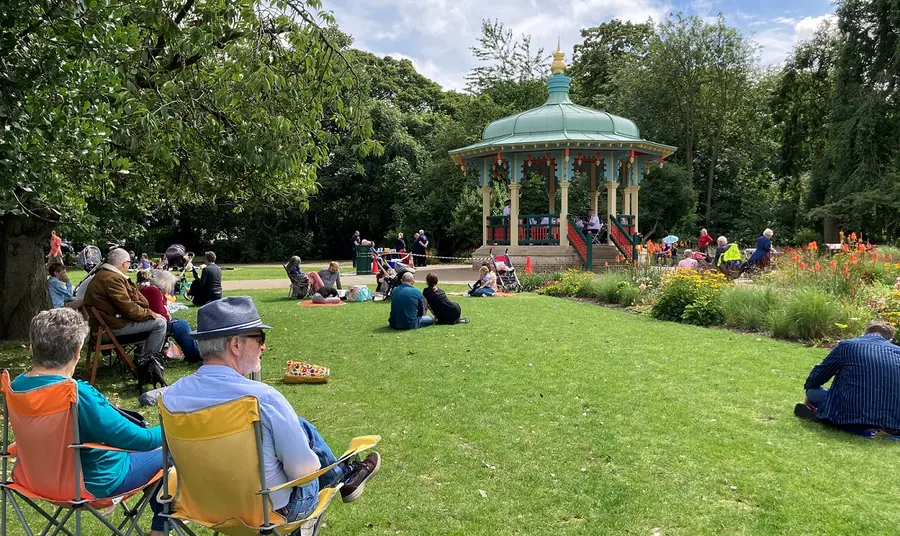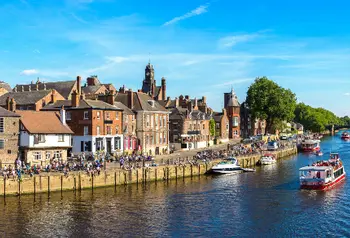Data for Heritage Places – a new analysis using the Heritage Index
| Attachment | Size |
|---|---|
| Data for Heritage Places - methodology (2025) | 334.78 KB |
| Data for Heritage Places - England (2025) | 531.62 KB |
| Data for Heritage Places - Wales (2025) | 123.6 KB |
| Data for Heritage Places - Scotland (2025) | 136.7 KB |
| Data for Heritage Places - Northern Ireland (2025) | 90.28 KB |
| Data for Heritage Places - place analysis mapping of measures (2025) | 413.81 KB |
In our new 10-year strategy, Heritage 2033, we set out how we will help transform heritage through our place strategic initiative.
Heritage Places will put heritage at the centre of local approaches to boost pride in place, revitalise local economies and improve people’s connection to where they live, work and visit.

Over the next decade, we’ll invest £200million to support 20 places across the UK.
In October 2025, we announced six new Heritage Places:
- Barking and Dagenham, London
- Belfast Historic Waterfront, Northern Ireland
- Dudley, West Midlands
- Orkney Islands, Scotland
- Tameside, Greater Manchester
- Ynys Môn (Isle of Anglesey), North Wales
On this page and in the attached reports, we detail the quantitative analysis and local knowledge (qualitative factors) that supported the selection of these places and the design of the strategic initiative.
A new framework for place and heritage
Our Heritage Places framework is founded on three principles to identify locations where our investment could have the strongest impact:
- Need: places with heritage at risk of loss, damage or neglect, where the sector lacks capacity and the community faces multiple challenges.
- Opportunity: local factors, such as events and funding, that may act as multipliers for investment and impact.
- Potential: quality and type of heritage, and prior experience and infrastructure, that make success and impact more likely.
Quantitative factors
The data we analysed included:
- a modified Royal Society for the Arts (RSA) Heritage Index (identifying need)
- Indices of Multiple Deprivation (identifying need)
- previous Heritage Fund investment (identifying need)
- other place-based investments (identifying opportunity)
The quantitative analysis of need allowed us to create a shortlist from the 374 authority areas across the UK for deeper analysis of the potential and opportunity by our local teams. Our six committees and Board of Trustees then agreed the final selection of places for targeted strategic intervention over the lifetime of Heritage 2033.
Our first Heritage Places
Back in October 2023, we announced the first nine locations:
- Stoke on Trent
- Leicester
- County Durham
- North-East Lincolnshire
- Torbay
- Medway
- Glasgow
- Armagh City, Banbridge and Craigavon Council Area
- Castell-nedd Port Talbot (Neath Port Talbot)
The data and analysis that informed the selection of these places is available below:
- Phase one: executive summary (.pdf)
- Phase one: methodology (.pdf)
- Phase one: England (.xlsx)
- Phase one: Northern Ireland (.xlsx)
- Phase one: Scotland (.xlsx)
- Phase one: Wales (.xlsx)
- Phase one: place analysis mapping of measures (.pdf)
Find out more
To explore the full details of the quantitative analysis and qualitative factors we used to inform Heritage Places, and the individual datasets for our England areas and the devolved nations, download the documents from this page.
Learn more about how Heritage 2033 will help ensure heritage is valued, cared for and sustained for everyone’s future.
We regularly conduct research to discover what is happening in the heritage sector, and we evaluate our work to better understand the change we are making. Read more of our insight.


